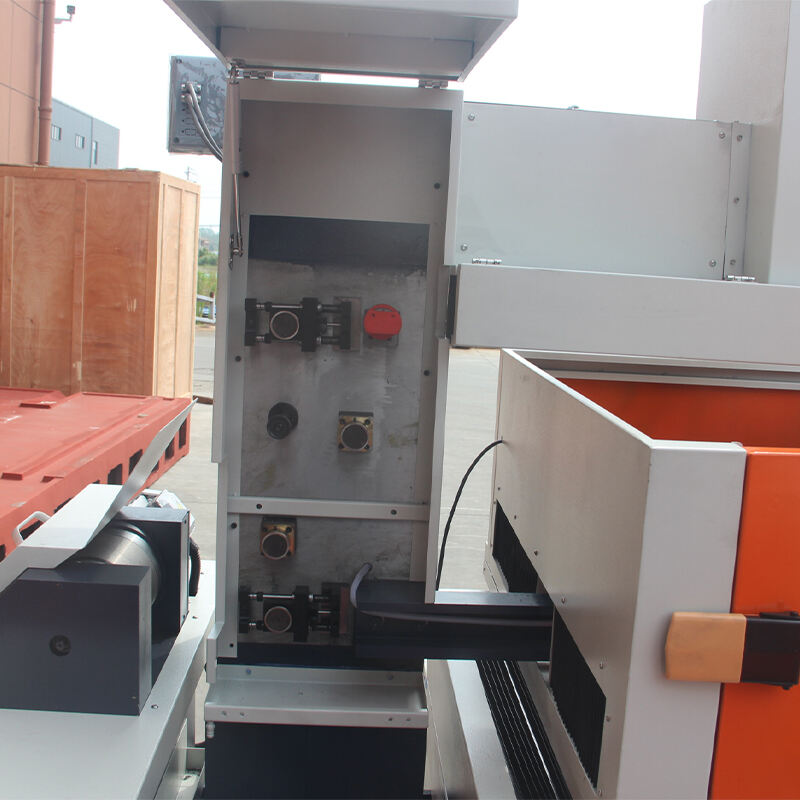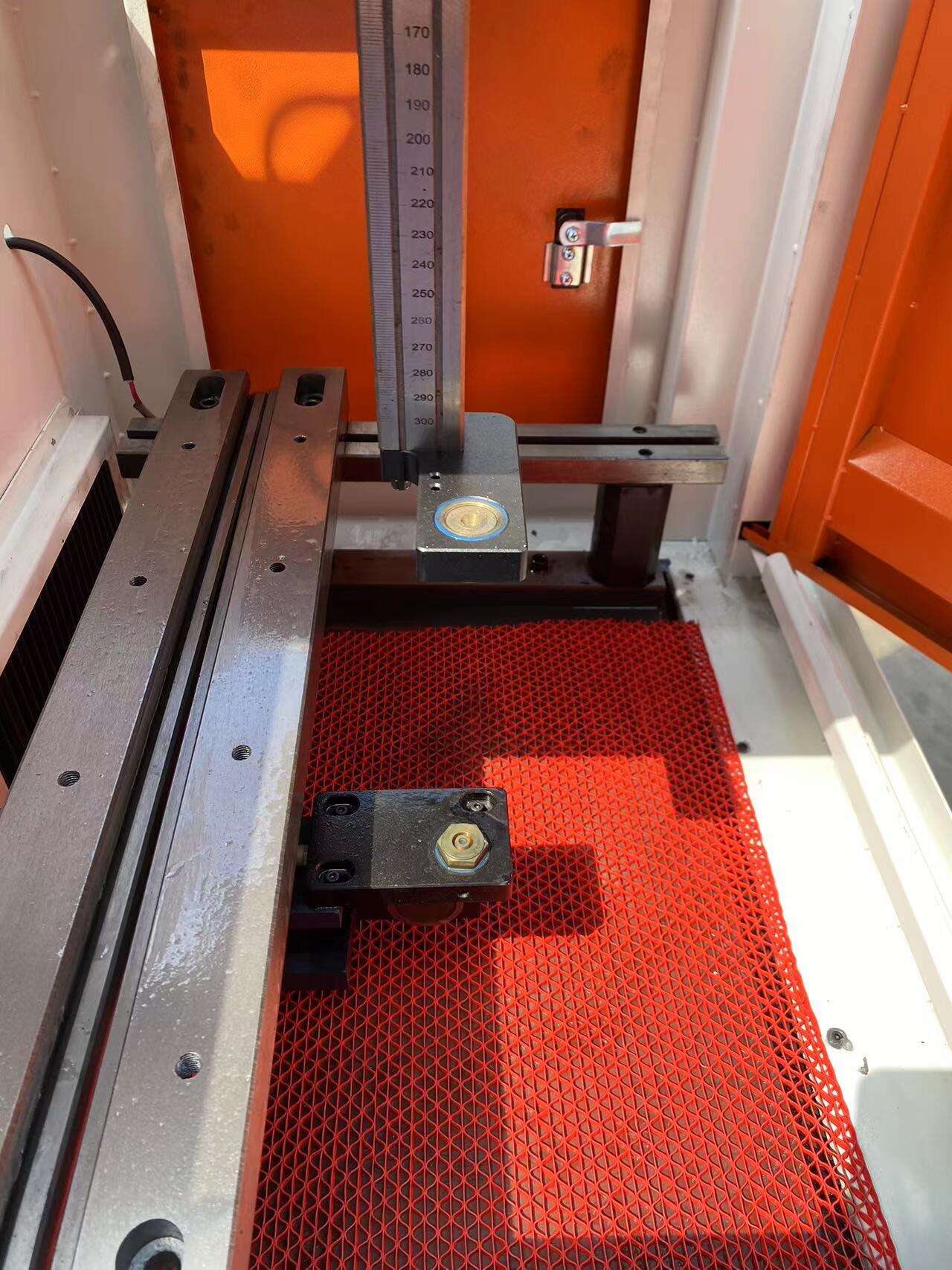Understanding the Versatility of Wire EDM Material Processing
Electrical Discharge Machining (EDM) with cutting wire has revolutionized precision manufacturing across numerous industries. This advanced machining process utilizes electrically charged wire to cut through conductive materials with exceptional accuracy. The capabilities of EDM cutting wire extend far beyond traditional machining methods, offering unparalleled precision and versatility in material processing.
Modern wire EDM technology has evolved to handle an impressive range of materials, making it an indispensable tool in aerospace, medical, automotive, and precision engineering applications. The process excels at creating intricate shapes and maintaining tight tolerances, all while working with materials that might otherwise be challenging to machine using conventional methods.
Conductive Metals and Alloys
Common Industrial Metals
EDM cutting wire performs exceptionally well with standard industrial metals. Steel variants, including tool steel, stainless steel, and carbon steel, are among the most frequently processed materials. The precision of EDM cutting wire allows for complex geometries in these metals while maintaining structural integrity and achieving superior surface finishes.
Aluminum and its alloys also respond excellently to wire EDM processing. The technology's ability to cut without applying mechanical force makes it ideal for working with softer metals, preventing deformation and ensuring dimensional accuracy. Copper and brass components similarly benefit from EDM cutting wire's precise cutting capabilities, particularly in electrical and electronic applications.
Specialty Alloys and Superalloys
Advanced aerospace and medical industries rely heavily on EDM cutting wire for processing specialty alloys. Materials like titanium alloys, Inconel, and other nickel-based superalloys can be machined with remarkable precision. These materials, known for their strength and heat resistance, often prove challenging for conventional cutting methods but are well-suited for wire EDM processing.
The controlled cutting environment of EDM technology prevents work hardening and minimizes residual stresses in these high-performance materials. This characteristic is particularly valuable when manufacturing critical components for jet engines, surgical instruments, or other high-stress applications.
Exotic and Advanced Materials
Carbides and Composites
Tungsten carbide and other carbide materials represent another category where EDM cutting wire demonstrates its capabilities. These extremely hard materials, essential in cutting tool manufacturing and wear-resistant components, can be precisely shaped using wire EDM. The process maintains the material's inherent properties while achieving complex geometries impossible through traditional machining.
Metal matrix composites and other advanced composite materials also fall within the scope of EDM cutting wire applications. The technology's non-contact cutting mechanism prevents delamination and fiber pullout issues common with mechanical cutting methods, ensuring clean, precise cuts in these sophisticated materials.
Specialized Engineering Materials
Advanced ceramics and other engineered materials that possess sufficient electrical conductivity can be processed using EDM cutting wire. This capability has opened new possibilities in industries requiring ultra-precise components made from non-traditional materials. The technology's ability to maintain tight tolerances while processing these materials has made it invaluable in semiconductor manufacturing and other high-tech applications.
Polycrystalline diamond (PCD) and cubic boron nitride (CBN) materials, despite their extreme hardness, can be effectively processed using EDM cutting wire. This capability has revolutionized the cutting tool industry, enabling the production of complex geometry tools with superior wear resistance.

Material Thickness and Size Considerations
Processing Capabilities
EDM cutting wire can handle materials ranging from extremely thin foils to thick metal blocks. The technology's precision remains consistent regardless of material thickness, though cutting speed may vary depending on the material properties and dimensions. Modern wire EDM systems can process materials up to 500mm thick while maintaining tight tolerances throughout the cut.
The wire diameter used in EDM cutting typically ranges from 0.1mm to 0.3mm, allowing for extremely fine details and narrow kerfs. This capability makes it possible to create intricate features and maintain tight corner radii, even in thick materials.
Surface Finish Considerations
Different materials respond uniquely to EDM cutting wire processing in terms of achievable surface finish. While most materials can achieve excellent surface quality, the specific parameters must be optimized based on the material's properties. Multiple passes with decreasing power levels can produce mirror-like finishes on many materials.
The relationship between material properties and achievable surface finish becomes particularly important in applications requiring specific surface characteristics. EDM cutting wire technology can be fine-tuned to meet various surface finish requirements while maintaining dimensional accuracy.
Frequently Asked Questions
Can EDM Cutting Wire Process Non-Metallic Materials?
EDM cutting wire can process any material that conducts electricity, including some non-metallic materials. However, the material must have sufficient electrical conductivity for the process to work effectively. Most non-conductive materials cannot be processed using this method.
What Is the Maximum Material Thickness for Wire EDM?
Modern wire EDM machines can typically handle materials up to 500mm in thickness, though the exact capability depends on the specific machine model and material being processed. The cutting speed generally decreases as material thickness increases.
How Does Material Choice Affect EDM Cutting Speed?
The cutting speed varies significantly based on material properties such as electrical conductivity, melting point, and thermal conductivity. Generally, materials with lower melting points and higher electrical conductivity can be cut faster than those with higher melting points or lower conductivity.
What Surface Finish Quality Can Be Achieved with Different Materials?
Surface finish quality varies by material but can typically range from 0.8 Ra to 0.05 Ra with multiple finishing passes. Harder materials often achieve better surface finishes than softer ones under similar cutting conditions.




